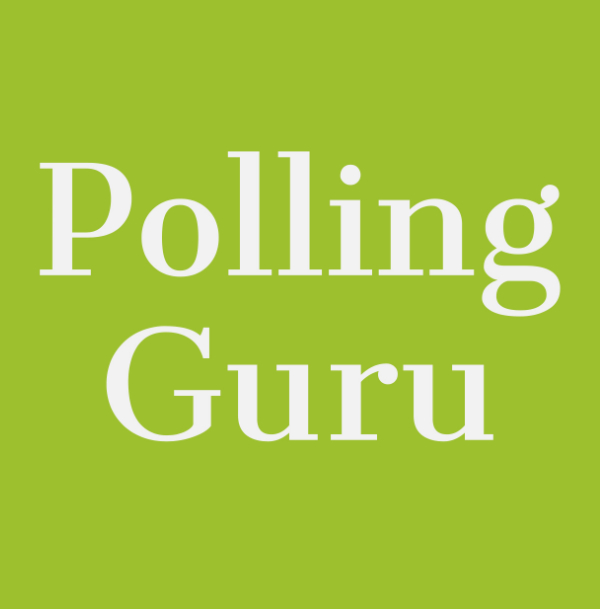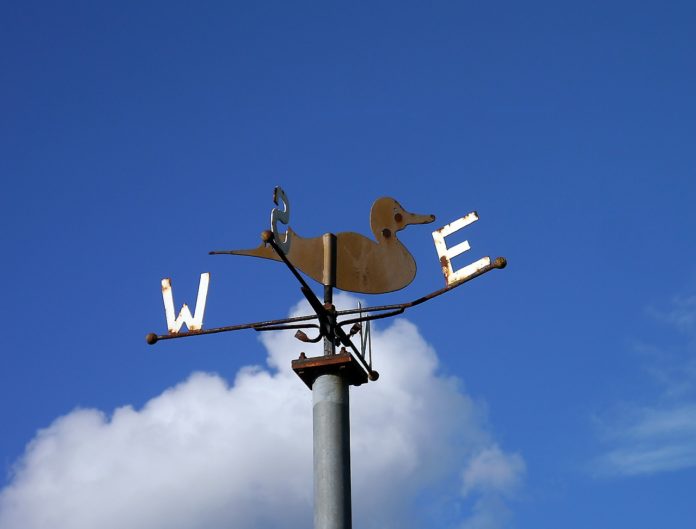Public opinion polling is in many ways like a weather report for the nation. There is science, it is mostly reliable, and its occasional mistakes lead to mockery. But polling is also important and relevant. Those who dismiss public opinion do us a disservice and, perhaps, want public opinion to do something it cannot do.
The analogy to a weather report can probably be taken too far but it gives us a framework to understand and think about public opinion data. At any given moment, there is a weather report and each new report, or update, builds on the previous evidence. Most weather phenomena do not emerge as random events — only probabilities change, so the likelihood of an event goes up or down. The one exception I can think of is an earthquake but even here this may reflect the fact that our science is not good enough yet rather than a true exception.
Polling results do not generally fluctuate in random ways. In fact, when we look at questions that have been repeated over and over again, the pattern is one of stability. There is noise and change but also a comforting sense of something real and fundamental. See for example, the very clear patterns of attitudes about capital punishment, NAFTA, and same sex marriage. In some ways, our desire to keep asking questions is like our preoccupation with the weather report — it is all about a fixation on change.
Even when substantive change occurs, we can often link that change to real events/changes in the environment. Whether that change is prompted by government action (passing a new law), a shocking incident (9/11), or merely the shining of the media light on a problem, a scientist of public opinion can make sense of these changes.
Not everyone always agree about what public opinion means. But then, there are also competing models of weather patterns. Different questions/methodologies are all part of competing understandings of how to determine what Canadians think. Like the weather we cannot know the true state of public opinion till we are looking backward rather than forward. Every effort to measure public opinion is an attempt at reductionism; something complex is being reduced to a single number.
A weather report is a statistical projection so there is almost always a chance it will be wrong. Unfortunately, the average person is not very good at understanding probability. A public opinion poll is no different, especially when the chance of intervening factors and events can change the probabilities between the time the survey interview is complete and an actual event (e.g. referendum/election).
Well done polling is valueable. There is no other way to measure people views. We are social beings and the ask-response format of a polling question is the most authentic method of determining what we think.
Yes, people will misrepresent themselves (we do that) and they will change their minds (sometimes because they haven’t really made it up in the first place) and in this sense their views may, at times, be more like a weather report that is constantly being updated with new information. Neither of these suggests we should stop asking people what they think and using this to inform our decisions about public policy or commercial products.
Reading or inferring their views from behaviour, social media posts, purchases, or other observables while interesting does not give us a representative view of what the public thinks since the public is rarely fully captured and these media are themselves prone to influence the content. Marshall McLuhan’s the medium is the message is worth recalling.

